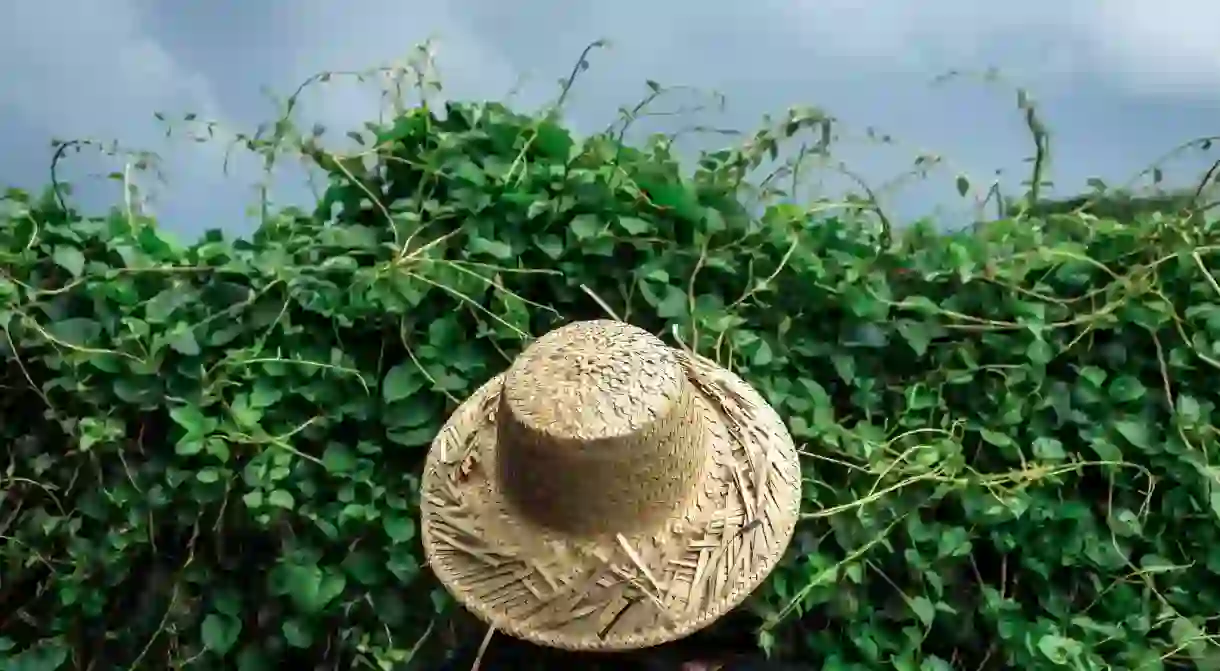Why Bandung, Indonesia is Called 'The City of Flowers'

Bandung, the capital of West Java, Indonesia, is a popular weekend getaway for modern urban-dwellers, with a lively culinary and fashion scene, crisp mountain air, and breathtaking landscape.
But long before that, the city was already popular during the colonial era, and is still referred to as ‘Paris van Java’ (the Paris of Java), and also, The City of Flowers, as nicknamed by the Dutch. Discover the dark history that explains why Bandung is called The City of Flowers.
The City of Flowers
The moniker ‘City of Flowers’ has long been taken for granted, and not many people ever stop to ask where it came from. Part of why the name came unquestioned is because it just seems to fit somehow. Between the cool air, lush vegetation, and thriving plantations, the nickname seems to come very naturally.
Bandung was indeed built amid volcanoes and highlands, making it an ideal spot to grow many kinds of vegetations—vegetables, tea plants, flowers, tropical trees, and more. The city’s soothing natural landscape is one of the desired qualities loved by the Dutch, as it helps them relax and amuse their families, who came a long way either to stay or visit.

Although Bandung has grown and evolved well as a holiday destination, the Dutch governors had not neglected their commercial and business interests. Various vegetations were introduced to the highlands, especially tropical plants from South America and other localities. By the end of the 19th-century, the lands of Bandung were known as one of the most prosperous plantation areas in Asia.
The other meaning of ‘flowers’
While the preceding story of Bandung’s thriving plantation seems enough and justifiable for the nickname ‘City of Flowers’, others aren’t as convinced. A more popular explanation is much darker and rather lewd.
This other story still has something to do with Bandung being a thriving plantation area. In 1896, Bandung was to host a congress for sugar plantation owners from across the archipelago. The newly-established transportation facilities have simplified the access to this beautiful highland town, and everybody was excited to see what had become of the famed city.

But even then Bandung was only a humble town, with much less sophistication than other big cities that have been built long before, such as Jakarta and Surabaya. After all, it was just a wide area of farms and plantations. And so the congress organizers gave real thought to how they could entertain the guests and make their visit unforgettable.
Then it was suggested that the committee provide a number of attractive liaisons to accompany the congress attendees, most of which were Dutch officials who had been separated from their families for months or even years. During those times, ‘flowers’ became the euphemism for female escorts. The Dutch came to call Bandung “De Bloem Der Indische Bergstede”, or “The Flower from the Dutch Indies Highlands”.
The City of Flowers today
Decades later, Bandung is still one of the liveliest destinations to enjoy nightlife, or even sex tourism. Sadly, teenage prostitution is still one of the most pertinent social issues in this locality. And even though regulations are being established against prostitution, the scene is still pretty much alive undercover.

On the other side, thanks to the fertile land and ideal altitude, it’s not hard to cultivate real flower fields across the city, something that the local government and businesses have been striving to do.
If you ever have the chance to explore Bandung, you’ll see how the nickname ‘City of Flowers’ fits the city, without even knowing the name’s origin. There are many agro-tourism parks and attractions that take full advantage of the highlands’ beautiful natural landscape, from strawberry-picking fields to flower parks with extensive collections.













